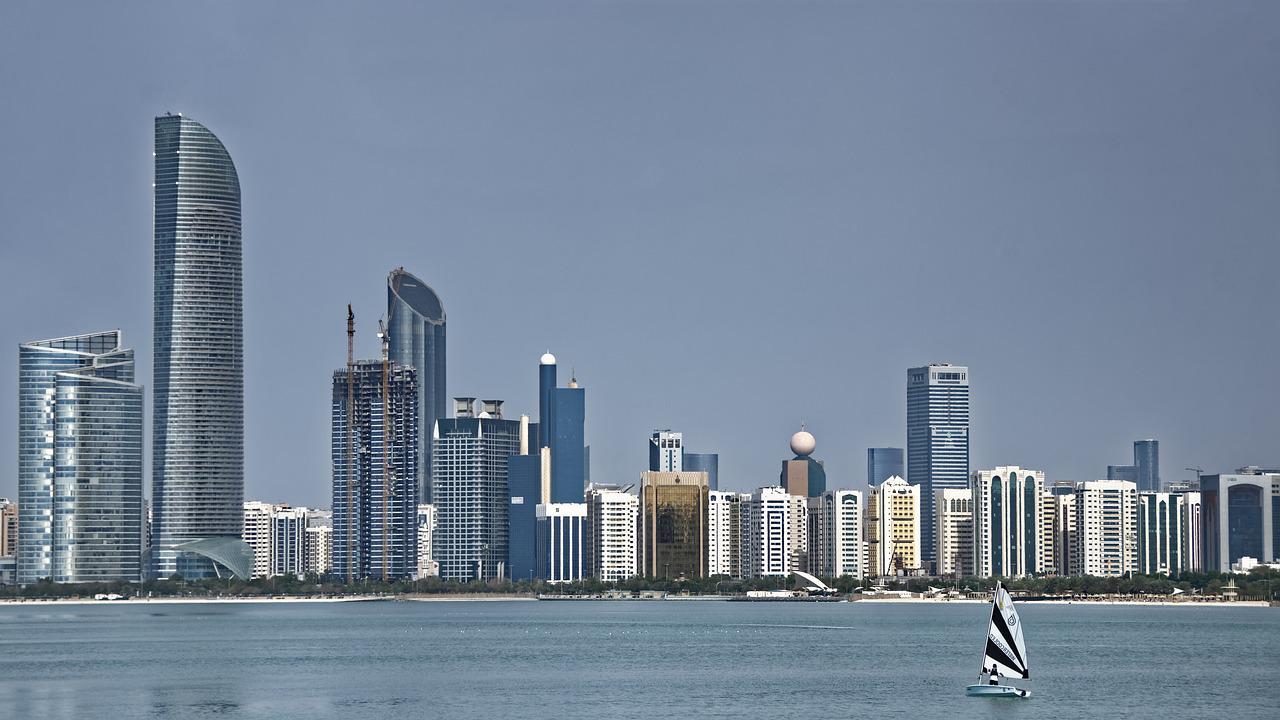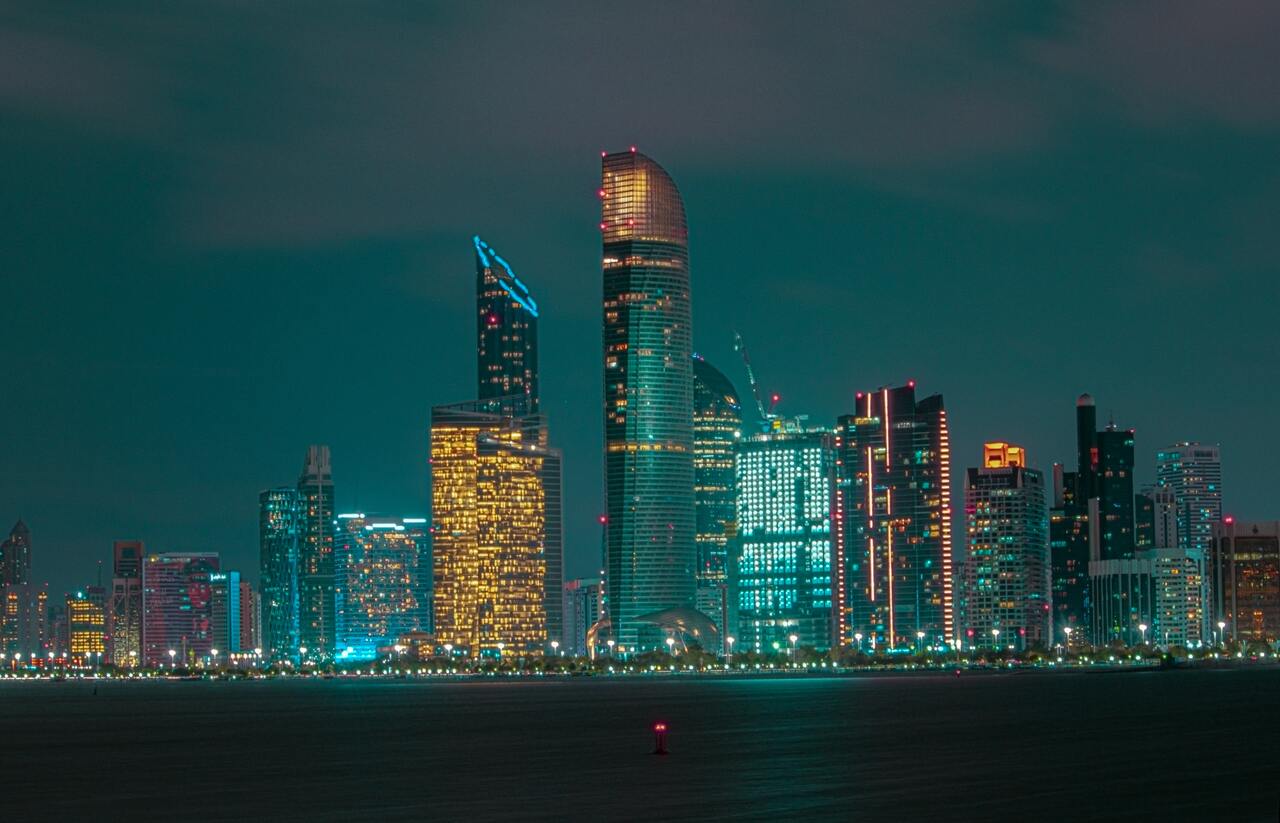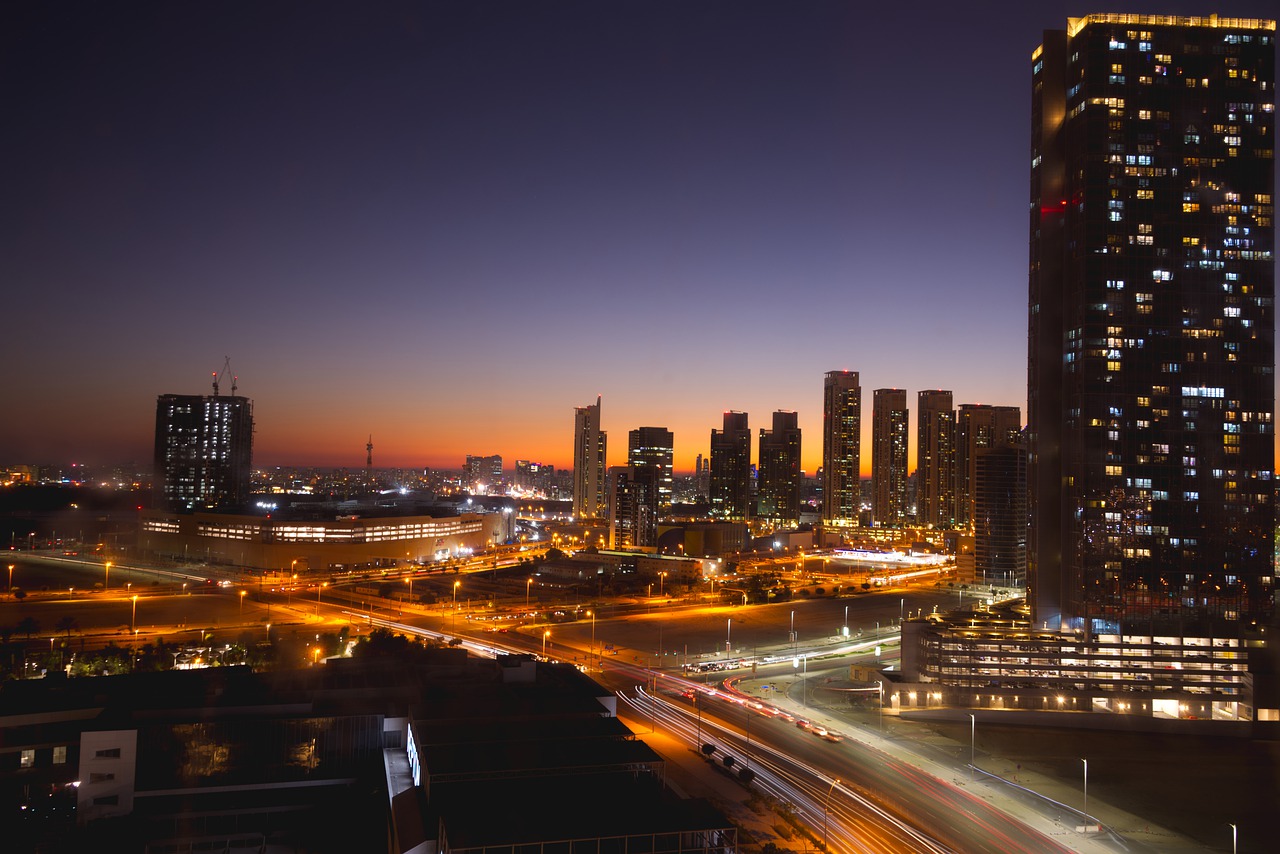According to the Statistics Centre Abu Dhabi, the value of exports through Abu Dhabi ports went up to almost 37% from AED 12.6 billion in Q4 2017 to AED 17.2 billion in Q4 2018. This value increased by AED 3.8 billion (29%) compared with Q3 2018. compared to the same period in the year 2017, the business sector rose by 32.6% (AED 4.0 billion), the government sector by 726% (AED 518.4 million) and the individual sector by 42%.
Exports value went up as a result of increases in the value of business sector and government by 25.6% and 1,297.7% respectively, while the value of the individual sector decreased by 12.2% over the same period. Representing 91.9% of the total exports value, pearls, precious and semi-precious stones, imitation jewelry, vehicles, aircraft and associated equipment, and animals and animal products were the most significant export products. Vehicles, aircraft and equipment, base metals, plastics and rubbers were the highest contributors to the total value, accounting for 62% of the total value.
Khalifa Port
Khalifa port, which was officially inaugurated on December 2012 by Sheikh Khalifa bin Zayed Al Nahyan, is strategically located halfway between Abu Dhabi and Dubai. As the longest in the Middle East, Khalifa port’s 8-kilometre long breakwater allows the Gulf’s current to flow freely, while protecting and preserving the local marine ecosystem. The port, which is owned by Abu Dhabi Ports, is handling general cargo, container, roll-on and roll-off (RoRo), and break-bulk activities.
The connectivity of Khalifa Port serves over 25 shipping lines, direct links to 70 international destinations and boasts an intermodal transport network for efficient transportation and logistics across sea, road and air. Khalifa port will also be the first one to be linked to the new Etihad Rail network.
Khalifa port is aiming to be a hub for the entire Arabian Gulf region, beyond just a gateway to the UAE. Partnering with China’s Cosco Shipping Ports, the port expects to double the number of containers handled in 2019, which initiated a USD 430 million terminal and container freight station at the Abu Dhabi facility. Khalifa port managed to handle 1.4 million twenty-foot equivalent units and is forecasted to reach more than 3 million TEU in 2019, according to Captain Mohamed Al Shamisi, chief executive of Abu Dhabi Ports.
Zayed Port
Named after the UAE’s Founding Father, the late Sheikh bin Sultan Al Nahyan, Zayed Port is serving as the main port in the capital of ABu Dhabi for more than 40 years, as well as one of the regional pioneers in the maritime industry. The port which was inaugurated in the year 1972, is located on the northeast tip of the emirate and spread over a 5.3 sqm area. Zayed port is one of the biggest commercial ports in Abu Dhabi, with the ability to handle up to 10 oceangoing vessels at any one time. The city-based port accommodates warehousing and cold storage facilities, covering more than 143,000 sqm with 21 berths.
After moving all container traffics and Roro cargo to Khalifa Port, the Zayed Port has expanded its status as a premier regional hub, encompassing cruise tourism and bulk cargo services with its access to multimodal land, sea and air transport network. The port is consisted of two deep basins for general cargo vessels and cruise liners, and smaller basin for vessels such as tugs, barges and service crafts.
Enjoying the ease of access, the port is just five minutes away from the E11 highway and in the centre of Abu Dhabi city. Zayed port is fully ISPS-compliant with its own security and safety team with its three gates accesses. Zayed port also launched the permanent demand for cruise tourism to the UAE, giving visitors easy access to a wide range of attractions such as the Louvre Abu Dhabi Museums, Ferrari World, Yas Island, as well as other leisure attractions, hotels and resorts in the Emirates.



